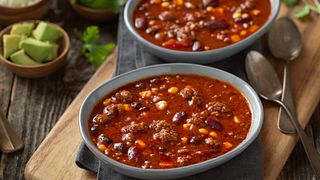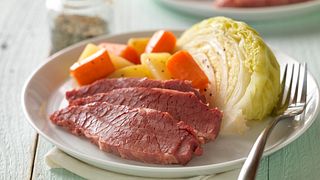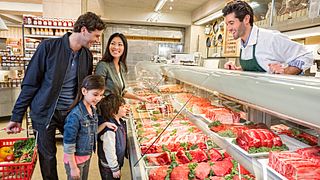Assessing stocking up behavior today and in the future
June 22, 2020
To say consumer behavior around food has shifted this spring due to COVID-19 would be an understatement. One of the most jarring examples of the changes were empty store shelves across the country, caused by consumers stocking up on food and supplies. While this dynamic was short-lived, the widespread magnitude was something many generations in the U.S had never faced before. But what dynamics are shifting? How big of a change is really occurring? Is this behavior temporary or something that will become more ingrained in everyday life? The National Cattlemen’s Beef Association, on behalf of the Beef Checkoff, set out to understand how COVID-19 shifted consumer thinking and how those shifts impact beef purchasing.
In a quantitative weekly survey starting in April, consumers indicated that they were cooking 86% of their meals at home. Two-thirds of consumers indicated that the percentage of meals they were cooking at home was higher now than they typically would cook in the past. While these numbers started trending down as we moved into May and June, the number still remains higher than average.
Not only are consumers cooking more, but they also have more food stocked up in their pantries and freezers than they typically would. About 60% of consumers are stocking up more now than they did before. Most consumers have between one to four weeks of food at home. Another 20% have at least five weeks of meals, with very few indicating they have less than a week of food in their house. These general stocking up behaviors have remained steady since April and well over half of consumers agree that they will continue to stock up on groceries for the foreseeable future.
Consumers are not particular about the types of food that they’re stocking up on, other than plant-based proteins, which the majority of consumers claimed to not have in their home. In comparison, one-third of consumers have at least five meals of Ground Beef or chicken breast at home. At least 20% of consumers are also stocking up on beef roasts and steak, specifically Sirloin steaks, Strip steaks and Ribeye steaks.
With summer grilling season approaching, the appeal for stocking up on steak has grown 7% since mid-April. Over the same time period, chicken breast has seen an 8-10% decline in future stocking up behaviors. Couple that with the fact that consumers plan to grill nearly seven times a month, and that consumers’ ideal grilling experience is all about beef and family, it all leads to a promising sign for beef this summer grilling season.
"Just me and my family making hamburgers…"
"I would grill steak … and my family would be there with me and we would have a great time"
- Consumers describing their ideal grilling experience
Incentives to eat beef stored
For those not stocking up on beef, price is the largest hindrance, particularly for roasts and steaks. When it comes to Ground Beef, the biggest reason consumers are not stocking up is because they already have enough stored at home. That said, consumers are looking for easy recipes and preparation ideas to help them cook the beef they have on hand. Some are even looking for specific recipes for grilling or ways to use pantry items they have on hand. Luckily, Beef. It’s What’s For Dinner. has recipes and cooking lessons available to help excite consumers about eating beef this summer.
- National Cattlemen’s Beef Association, Beef Behaviors and COVID April-May22nd 2020
- National Cattlemen’s Beef Association, Summer Grilling Survey April 2020





